Designing products together
The key to the best possible results is good design work, which starts with discussing and recording the customer’s needs and requirements. The customer receives professional services with regard to tasks such as mechanical and assembly design work and the creation of product pictures and 3D models. We always design the aluminium profiles in close collaboration with the customer.
Design work provides information on the amount of material needed, the functionality of the product and the efficiency of production. With modern tools, it is possible to create increasingly complex aluminium profiles. High-quality design work and innovative solutions lead to products that have lower manufacturing costs.
Customers can participate in all design phases, if they so desire. This way we can ensure that we stay on the same page and that the end result is a high-quality aluminium profile that meets each and every one of the customer’s requirements.

What do you require from the profile?
90% of the aluminium profiles we make are tailored to the customer’s needs. Together with the customer, our designers or sales representatives discuss the requirements set for the profile, down to the smallest details. What temperatures or conditions will the profile be subjected to? What about batch size and delivery schedule? Are there any special requirements? Do the profiles need to be anodized or painted? What type of model pieces does the customer need?
When designing aluminium profiles, right from the start it is important to consider the final product’s functional and aesthetic properties and to make sure it can be manufactured without problems. That is why a seamless partnership between the customer and the designer is so important.
Our designers have a lot of experience and their aluminium expertise is second to none; they know how environmental conditions affect the choice of aluminium profiles and what kind of surface treatment the profiles may require. Surface treatment by e.g. anodizing provides added protection for profiles used in demanding applications and challenging conditions.
Checklist
To facilitate the quotation process, it would be good to receive as much information about the desired product as possible at the start of the design process, for example:
- a drawing of the profile in PDF, DWG or DXF format, a hand-drawn sketch will be sufficient as well
- the intended use of the profile
- information on the possible surface treatment and the visible surfaces
- all dimensions that are important in terms of functionality
- alloy information
- delivery length
- batch size and annual consumption
- the customer’s contact information.
Tools
When the profile’s characteristics are clear, it’s time to move from paper to CAD. Our profile designers use modern equipment and the newest CAD software. We can also send an electronic copy of the design to the customer. If necessary, we can create a visual representation of the profile using 3D modelling, giving an accurate idea about what the final product will look like.
Our customers benefit from our profile designers’ top-notch skills and extensive experience. Our designers are skilled in utilizing aluminium’s excellent formability, creating different joining mechanisms and selecting the correct alloy and surface treatment for each purpose. Our designers are also well aware of cost factors, since they are used to working in close collaboration with both the customer and our sales department.
Documents and model pieces
After the CAD design phase is complete, we can deliver the customer an electronic copy of either a traditional 2D image or a 3D model. The customer always gets the design documents and model pieces for their own use. If the customer so desires, we can also produce a 3D-printed plastic model of the profile that can be tested in the customer’s application. This way it is possible to test the profile’s functionality before the actual die is ordered.
Once the die for the profile has arrived, it will be prepared for production. If the customer has ordered test run, model pieces from a successful test run can be delivered to the customer if needed. The model pieces will have cross-sectional dimensions that match the provided picture of the profile. Due to the nature of the test run, the surface quality and profile’s tensile properties may be different from what has been agreed, which is why model pieces should not be surface treated.
If you have any questions about design or tools, you can ask our sales more.









